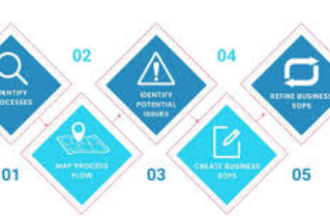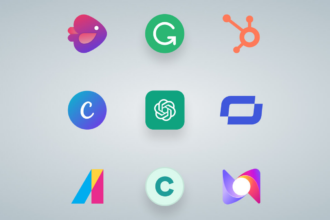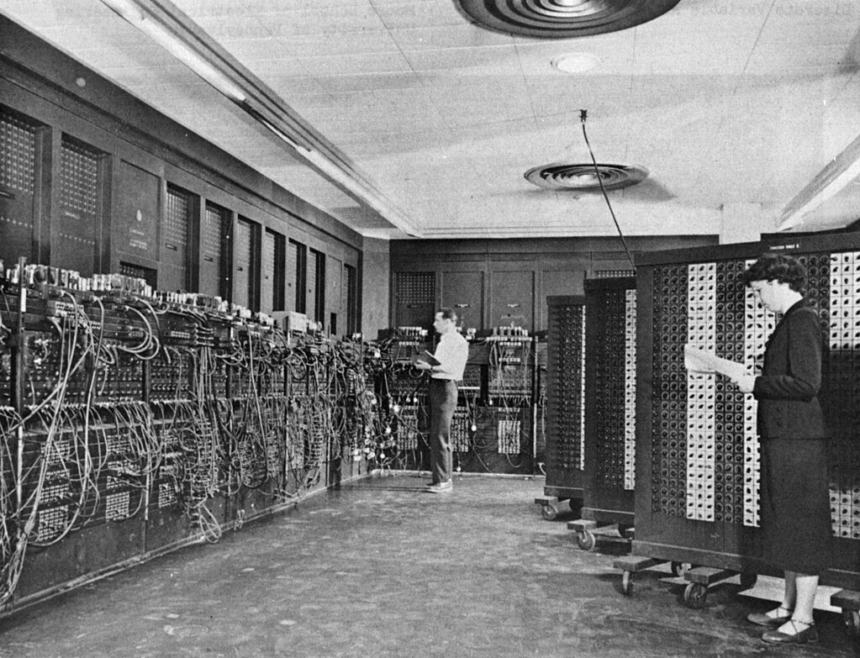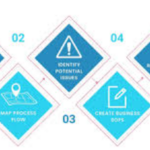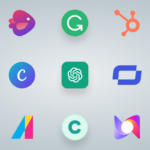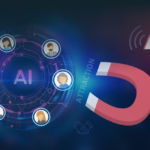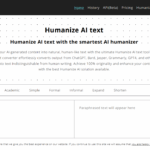In this post, i will discuss the What Is the History of Coding Principles. We start with clunky machine code, move through high-level languages, and end with todays AI tweaks and cloud tools that shape how we write. Seeing where these ideas come from can help developers today craft cleaner, faster code in an ever-busier digital world.
Overview
Coding principles are the rules that help developers write clean, fast, and easy-to-manage programs. These guidelines did not pop up overnight; they grew over many years as computers got more powerful, new languages appeared, and software projects became bigger and trickier.
Learning where these ideas came from shows us why todays development habits look the way they do.
What Is the History of Coding Principles?

Early Foundations: From Algorithms to Machine Instructions
The journey begins in the early 1800s with Ada Lovelace, often called the first computer programmer. She scribbled the first-ever algorithm meant for Charles Babbages unfinished Analytical Engine. Even though that giant machine was never built, Lovelaces notes introduced the idea of step-by-step logic in coding.
Jump ahead to the 1940s and machines like ENIAC, where programming meant typing in long strings of 0s and 1s. One mistake could ruin everything, so early coders worked with blistering focus. There wasn’t a written set of rules, but veterans quickly learned to trim excess steps and double-check every line. Those first instincts laid the groundwork for the cleaner standards we follow today.
The Advent of High-Level Languages (1950s–1960s)
The birth of high-level programming languages in the 1950s and 1960s changed the world of coding. Early tools such as FORTRAN, introduced in 1957, and COBOL, released in 1959, let developers write in clear, English-like lines instead of hard-to-read binary or assembly.
Because of this new layer of abstraction, programmers could produce, share, and move code between machines much faster. With FORTRAN and COBOL, the focus shifted from telling the computer every small hardware step to designing logic, structure, and real solutions.
Common ideas like loops, if-then statements, and reusable functions appeared, setting a blueprint for nearly every language that followed. Pioneers such as John Backus and Grace Hopper championed clean, modular code, laying down the simple, clear rules that still guide software writing today.
Birth of Software Engineering (1970s)
Programs kept growing in size, piling on features and lines of code until no one person could keep it all in their head. To tame this beast, teams needed rules, checklists, and a way to measure progress.
That need was so clear that a NATO conference in 1968 gave birth to the term software engineering, marking a bold step toward treating coding like a repeatable craft.In the 1970s programmers began splitting software into smaller parts called modules.
This method made it easier to build, test, and update each piece separately. Hearing names like Pascal and C, you see these languages push code reuse, encapsulation, and separation of concerns forward.
Two guiding ideas soon slipped into regular office talk:
- DRY (Dont Repeat Yourself) helps keep the same logic from showing up in three places.
- KISS (Keep It Simple, Stupid) tells teams to cut out fancy tricks that confuse people.
Object-Oriented Programming and Principles (1980s–1990s)
During the 1980s, Object-Oriented Programming (OOP) popped up in Smalltalk and later crossed over to C++ and Java. Instead of functions standing alone, OOP wrapped data and behavior together in objects that act like real world things.
By the 1990s coder Robert C. Martin offered** SOLID**, five rules that went viral:
- Single Responsibility Principle
- Open/Closed Principle
- Liskov Substitution Principle
- Interface Segregation Principle
- Dependency Inversion Principle
These five letters turned into a playbook for building software that scales easily and stays friendly for new engineers. Because of that, teachers still hand out SOLID as homework in many coding schools.
Rise of Agile and Modern Development Practices (2000s–Present)
When the Internet exploded into daily life, demand for quick-to-build websites, mobile apps, and giant server systems rocketed. In response, coders began bending old rules in favor of speed and teamwork. The Agile Manifesto (2001) then formalized that change, shining a spotlight on flexibility, constant testing, and delivering working software at every sprint. The new mindset trickled down into how people actually write and share code.
Modern best practices include:
- Clean Code: Grown from Robert C. Martins book Clean Code (2008), this idea boils down to crafting code anyone can read, fix, or extend without asking twenty questions.
- TDD (Test-Driven Development): Under this plan, developers write a test first and only then the tiny bit of code needed to pass it, sharpening both design and trust.
- YAGNI (You Arent Gonna Need It): It nudges teams away from building features that nobody has asked for yet, saving time and keeping the code light.
- Code Reviews and Pair Programming: Two heads looking at the same screen catch bugs sooner and spread knowledge.
With GitHub, Jenkins, and a hall of other cloud tools, teams now wire in automatic checks, style guides, and linters so that many rules get enforced without extra meetings.
Coding Principles in the Age of AI and Cloud Computing

Today, AI tools, cloud platforms, and DevOps culture have changed how most programmers think about good code. Classic ideas such as modularity, readability, and reusability still matter, yet development teams now work under pressure to launch features faster, scale on demand, and automate almost every step. In a cloud-native setup, many engineers try to follow the 12-Factor App guideline, which pushes for stateless services, outside config storage, and easy horizontal scaling.
Pair programming with AI helpers like GitHub Copilot or ChatGPT speeds up writing, yet clean code habits, tough testing, and secure practices still guard quality. On top of that, teams now treat security as code, spin up servers with Infrastructure as Code (IaC), and slide changes through Continuous Integration/Deployment (CI/CD) pipelines. As applications grow bigger and more spread out, sticking to clear, testable, and flexible principles keeps complexity manageable.
Conclusion
In short, coding rules grew up along with software itself, moving from basic number-crunching and machine commands to todays cloud apps and AId helpers. Each step forward brought fresh headaches, so programmers learned to write, organize, and update code in new ways.
Structured styles, modular buildups, object-oriented ideas like SOLID, and agile checklists all showed up so code would be clear, dependable, and easy to stretch. In the quick-moving online world we live in, those old principles still guide teams that want fast, safe, and fixable programs. Look ahead, and the rules will change again, yet the main goal-writing cleverer, cleaner code-will never budge.

